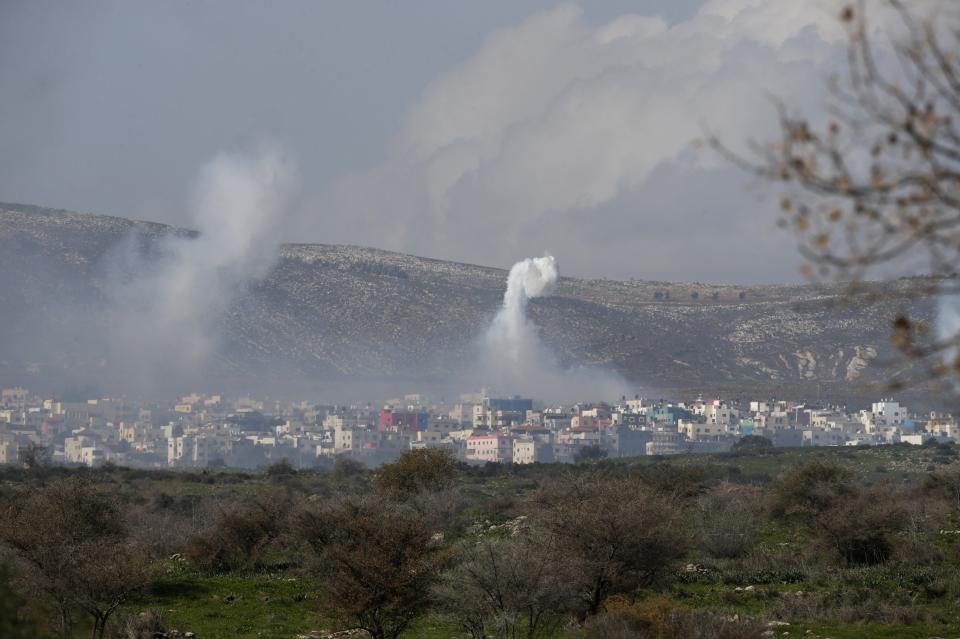By Kathryn Maureen Ryan
Impunity Watch, Managing Editor
ADDIS ABABA, Ethiopia – African leaders have called on the International Criminal Court to drop or suspend charges against Sudanese President Omar al-Bashir and Kenyan Deputy President William Ruto until African concerns about the court and proposals to amend the court’s founding treaty are considered. President Bashir is accused of failing to respond to summons to answer to charges of genocide, war crimes and crimes against humanity, and has evaded arrest the issuance of an arrest warrant by the International Criminal Court. Deputy President Ruto is currently on trial, facing charges of crimes against humanity for post-election violence that occurred in Kenya in 2007-08 in which more than 1,000 people were killed and more than 600,000 were displaced. Kenya’s President Uhuru Kenyatta has argued that the case against Ruto is very weak. Kenyatta himself faced charges for crimes against humanity, but the charges were dropped by the court in December of last year. Kenyatta and Ruto were on opposing sides of the postelection violence but ultimately joined forces to lead the country in the March 2013 polls.

African leaders made the call at the African Union Summit in Ethiopia on Saturday. The theme of this year’s summit is: “2015 Year of women’s Empowerment and Development towards Africa’s Agenda 2063.” African Union Summit brings together all the African States except Morocco which is not a member of the union. The world will be watching to see how the African Union will handle the ICC agenda and continue to respond to cases against African leaders. Some fear that the African Union members could take the drastic move of exiting the Rome Statute regime.
During Jamhuri Day celebrations in Kenya last year, Ugandan President Yoweri Museveni, who has led Uganda since 1986m threatened to introduce a motion during the African Union Simmit co call on African states to move out of the Rome Statute treaty regime en-masse.
The African Union has faced heavily criticism from human rights groups for calling for a halt to ICC cases against African leaders, saying by doing this the African Union encourages impunity. Last year, the AU passed a resolution not to allow a sitting head of state or deputy to be prosecuted at the International Criminal Court. Some African States have been criticized for failing to respect the legitimacy of the International Criminal Court and the Rome Statute by failing to arrest President Bashir who has freely traveled to some African States.
For more information please see:
Jurist – ICC should drop cases against Bashir, Ruto: African leaders – 1 February 2015
The Washington Post – African leaders to court: Drop cases against top Africans – 1 February 2015
United Nations News Centre – In Addis Ababa, senior UN officials pledge ongoing cooperation with Africa on all fronts vital – 30 January 2015
Capital News Kenya – Uhuru heads to Addis for African Union summit – 29 January 2015



